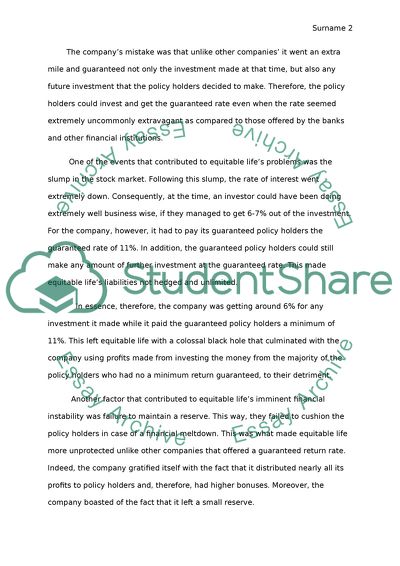Outline the cases of, the Equitable Life pension scandal and the mis Essay. https://studentshare.org/macro-microeconomics/1757739-outline-the-cases-of-the-equitable-life-pension-scandal-and-the-mis-selling-of-precipice-bonds-comment-in-both-cases-on-how-far-these-were-the-consequence-of-regulatory-weeknesses
Outline the Cases Of, the Equitable Life Pension Scandal and the Mis Essay. https://studentshare.org/macro-microeconomics/1757739-outline-the-cases-of-the-equitable-life-pension-scandal-and-the-mis-selling-of-precipice-bonds-comment-in-both-cases-on-how-far-these-were-the-consequence-of-regulatory-weeknesses.


